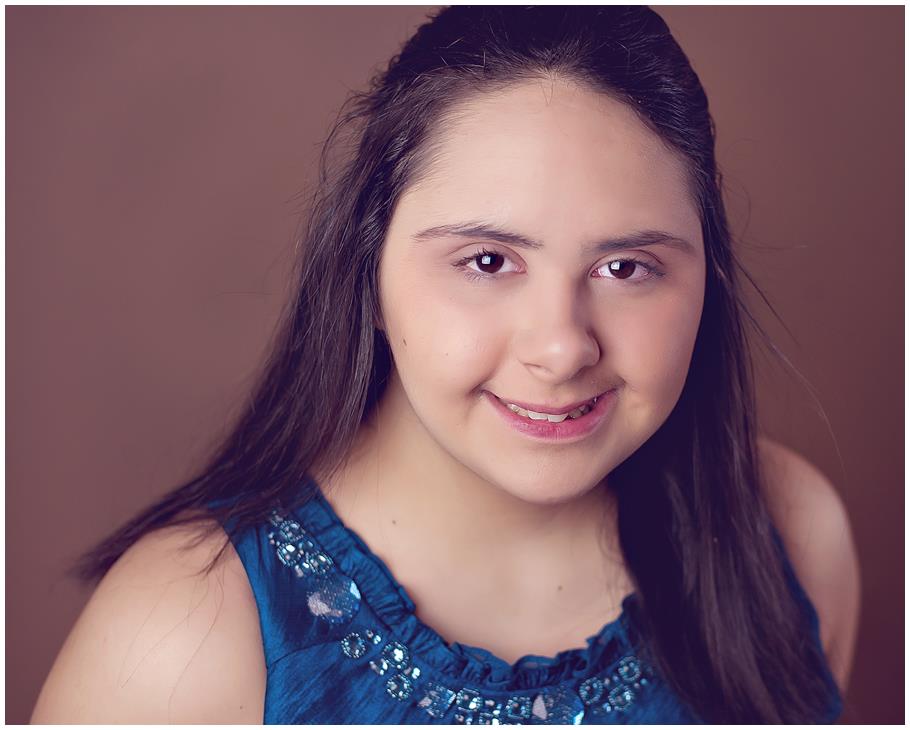

If your blood contains abnormal levels of these substances, you may have an increased risk of having a baby with Down’s syndrome.ĭuring your pregnancy, you will have a number of ultrasound scans to check the development of your baby.

This is known as a ‘combined test’.ĭuring a blood test, a sample of your blood will be taken and tested to check the levels of certain proteins and hormones. If the risk of Down’s syndrome (or any other condition) is shown to be high, further testing can then be arranged to help confirm whether your baby has the condition.Īntenatal screening for Down’s syndrome is carried out through a blood test and an ultrasound scan. However, what it does show is how likely it is that your baby will develop the syndrome. This is because women under this age make up the majority of the child-bearing population.Īll pregnant women, no matter what their age, should be given the choice to have their baby screened for Down’s syndrome.Īntenatal screening is a way of assessing whether your unborn baby could develop, or has developed, an abnormality or condition during your pregnancy.Īntenatal screening cannot diagnose conditions such as Down’s syndrome. However, approximately 80% of babies with Down’s syndrome are born to mothers under the age of 35. A 35-year-old woman has a one in 338 chance and a 45-year-old woman has a one in 32 chance. The chance of having a baby with Down’s syndrome increases when the mother is over 35 years of age. If you already have a child with Down’s syndrome, there’s a 1% increased risk of you having another baby with the condition. There is nothing you can do to prevent Down’s syndrome from occurring. What will increase the chance of my child having Down’s syndrome? Approximately 2% of people with Down’s syndrome have Mosaic Down’s syndrome Mosaic Down’s syndrome normally causes milder symptoms.


If your child has Down’s syndrome, it will not stop them from developing at all. All people with Down’s syndrome will have some degree of learning disability, although some people are more severely affected than others. For example, it might take them longer to learn to speak, or to read. They may also be slower to develop socially and mentally. The physical development of children with Down’s syndrome tends to be slower than that of other children of a similar age.
#Mosaic down syndrome skin
vertical skin folds (epicanthic folds) between the upper eyelids and inner corner of the eye,.broad hands with a single crease across the palm,.white spots on the iris (the coloured part of the eye), known as Brushfield spots,.However, there are treatments that can help someone with the syndrome to lead an active and independent life. There is currently no cure for the condition. The severity of Down’s syndrome symptoms can vary from person to person. However, due to a better understanding of the condition and advancements in treatment and care, the average life expectancy of someone with Down’s syndrome is now 60-65 years of age. In the 1950s, many people with Down’s syndrome did not live past the age of 15. Down’s syndrome occurs when a baby inherits an extra chromosome. It is a lifelong condition, present from birth. It is estimated that there are approximately 60,000 people with Down’s syndrome currently living in the UK.ĭown’s syndrome affects your physical appearance, as well as your ability to learn and develop mentally. The condition tends to affect male and females equally. It affects approximately one in every 1,000 babies, which means that about 600 babies with Down’s syndrome are born each year in the UK.


 0 kommentar(er)
0 kommentar(er)
